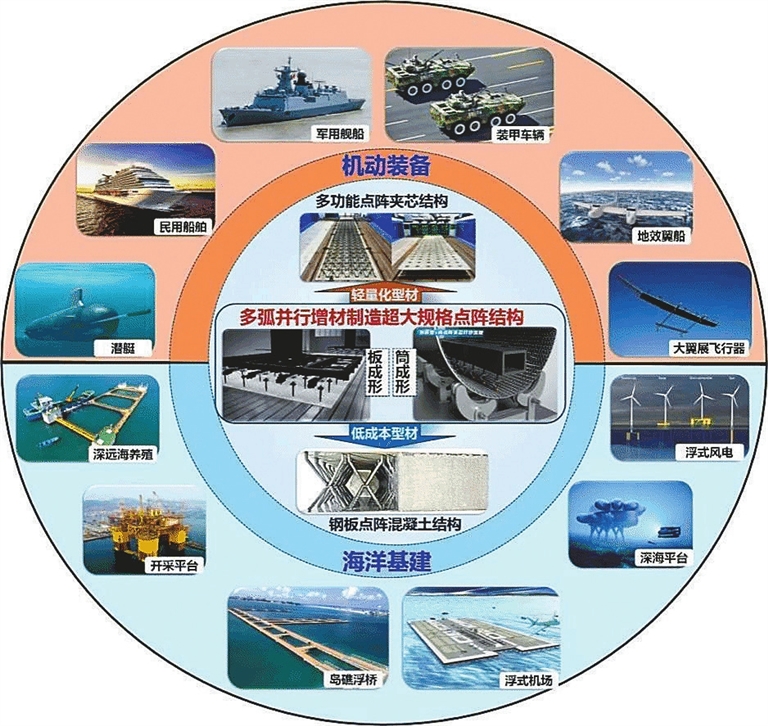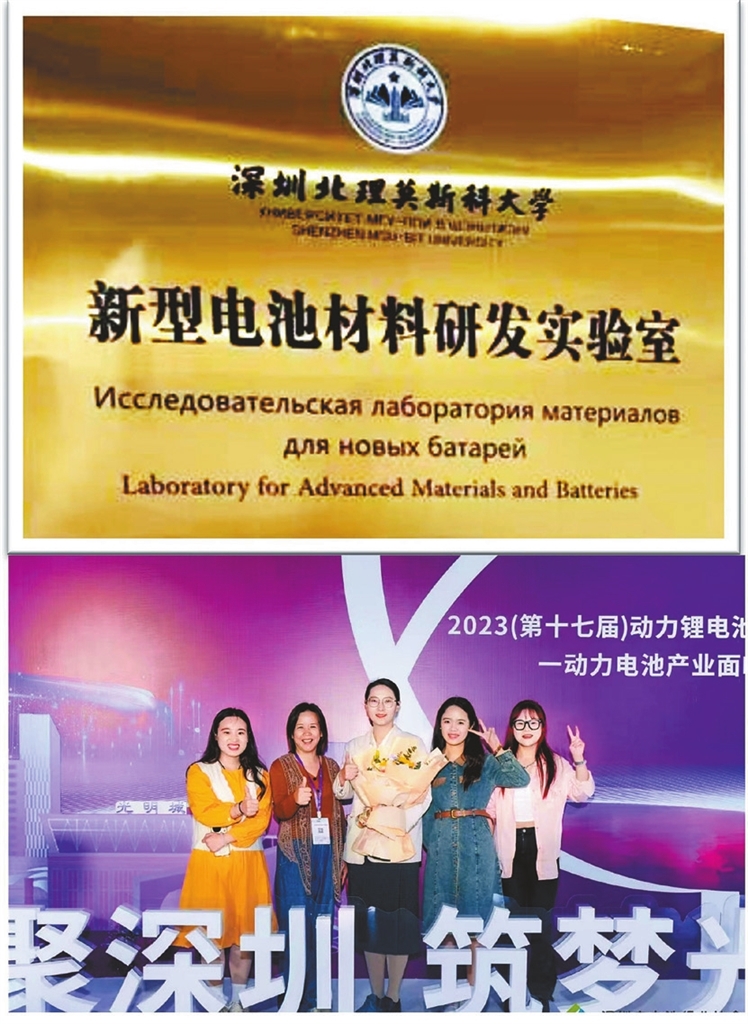

SMBU staffer develops state-based peridynamic algorithm A staffer from SMBU, in collaboration with peers from another university, has developed a state-based peridynamic algorithm leveraging GPU parallelism. This novel approach outperforms traditional computational mechanics methods. The findings are published in both the Chinese Journal of Computational Mechanics and Engineering Analysis with Boundary Elements. The authors include SMBU Associate Professor Yang Yang, Chair Professor Liu Yijun from Southern University of Science and Technology (SUSTech), and SUSTech postgraduate student Su Zixin. SMBU is the primary affiliation for this work. By harnessing the powerful parallel processing capabilities of consumer-grade GPUs, the researchers achieved more efficient solutions for complex physical problems. National key R&D project The project titled “Application Demonstration of Laser-Arc Hybrid and Synergistic Additive Manufacturing in Marine Equipment,” led by Associate Professor Yan Shaohua from the Institute of Advanced Interdisciplinary Technology, has been approved as a 2024 National Key Research and Development Project under the category of additive and laser manufacturing. The project received funding totaling 800,000 yuan (US$111,520). Chromatin research published The research team led by Associate Professor Shi Xiangyan from the Faculty of Biology, in collaboration with Professor Shaytan’s team at Lomonosov Moscow State University and Professor Studitsky’s team at Fox Chase Cancer Center, published their study “Histone Tetrasome Dynamics Affect Chromatin Transcription” in Nucleic Acids Research (Impact Factor: 16.7). SMBU is the primary affiliation. This work offers valuable data and methodologies supporting further epigenetic regulatory mechanism research, as well as the diagnosis, pathogenesis, and treatment of related diseases. Papers accepted by top AI conference SMBU’s Artificial Intelligence Research Institute achieved a milestone with two papers accepted by the 34th International Joint Conference on Artificial Intelligence (IJCAI), one of the most prestigious AI conferences, which accepts only 19.3% of submissions. The studies introduced a Deep ECG-Report Interaction (DERI) framework and an ECG2TOK semantic tokenizer, boosting clinical semantic representation in ECG self-supervised learning, and demonstrated superior performance on multiple downstream ECG diagnostic tasks. Data tool for biomedical research Professor Zhang Zhenyue from the Faculty of Computational Mathematics and Cybernetics published a paper as the first author in Patterns (Cell Press) titled “Global Understanding via Local Extraction for Data Clustering and Visualization,” with SMBU as primary affiliation. The study proposes the GULE framework, achieving high-precision clustering (e.g., RNA-seq cell type identification) and topology-preserving visualization through class-consistent local extraction, global propagation, and self-learning, providing a novel data tool for biomedical research. Legal research published The paper “Legal Logic, Problems and Improvement Path of Credit Governance of China’s E-commerce Platforms,” co-authored by Yang Tianfang from SMBU’s Sino-Russian Comparative Law Research Center and Guo Yu from Inner Mongolia University’s Law School, was published in the leading Russian law journal Legal Studies. Yang is the first co-author and corresponding author. Applied nanophotonics research The applied nanophotonics team led by Associate Professor Liu Na from the Faculty of Materials Science achieved breakthroughs in perovskite solar cell research, published in Advanced Energy Materials (Impact Factor: 24.4) and Energy Material Advances (Impact Factor: 14.9). Professor Liu served as the first and corresponding author. Associate Professor Wei Guodan from Tsinghua University was corresponding co-author. Supported by Professor Li Shukui, team leader Professor Chang Shuai, Professor Roman Vasiliev (Lomonosov Moscow State University), and Professor Chen Qi (Beijing Institute of Technology), the team enhanced efficiency and long-term stability of formamidinium-based mixed-halide perovskite solar cells through an innovative chemical bond management strategy, accelerating commercialization potential. Additionally, jointly with Professor Chen Qi, the team published “Chemical Bond Management of FA-Based Mixed Halide Perovskites for Stable and High-Efficiency Solar Cells” in Energy Material Advances, setting a new paradigm for molecular design in quasi-2D perovskite solar cells and pioneering solutions for charge transport and phase stability in low-dimensional materials. Breakthrough in materials science A research team led by Associate Professor Gu Sichen from the Faculty of Materials Science published the study “Mixed Electrolyte Enabling Ultrafast Mass Transport and Compatibility with Polypropylene Separator for Stable and Low-Cost Aluminum Ion Battery” in Advanced Materials (2024 Impact Factor: 27.4). This work introduces fluorobenzene diluents to optimize ionic liquid electrolytes, significantly accelerating ion transport rates and extending battery cycle life beyond 7,500 hours. It represents the first successful integration of aluminum-ion batteries with commercial polypropylene separators, reducing costs by 60% and advancing commercialization prospects. Exogenous molecule research Associate Professor Wang Haoran from the Faculty of Materials Science authored a review titled “Intracellular Aggregation of Exogenous Molecules for Biomedical Applications,” published in Chemical Society Reviews. The study elucidates mechanisms of intracellular aggregation of exogenous molecules, opening novel pathways for cancer therapeutics and precision imaging. It integrates aggregation mechanisms with cutting-edge cellular applications, showcasing their potential in precision medicine and providing a theoretical and technical framework for developing intelligent biomaterials and next-generation diagnostic and therapeutic agents. | 
